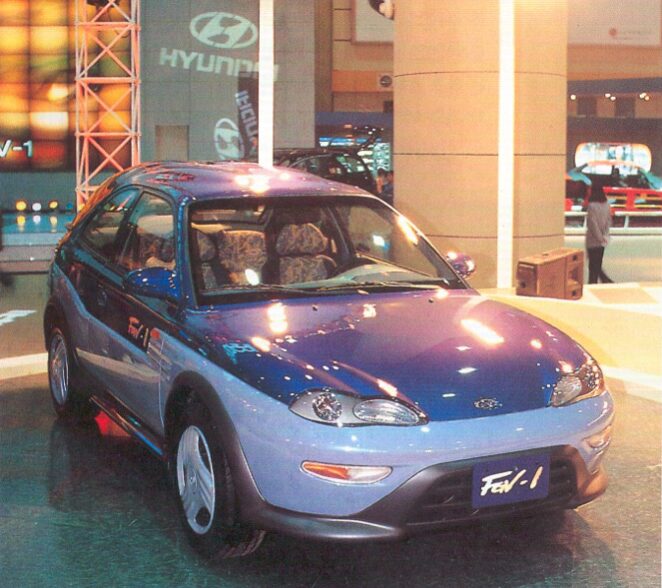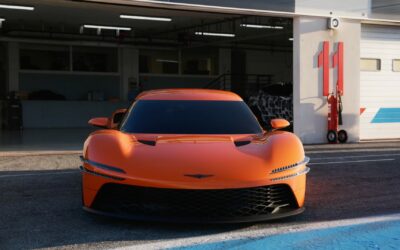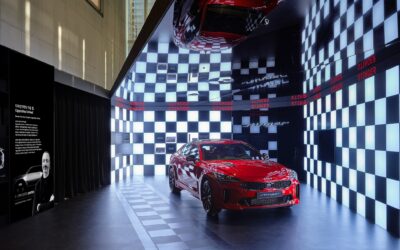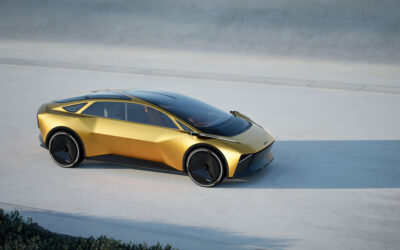Today we want to share with you an interesting story, the first ever Hyundai Hybrid Vehicle or FGV-1. In the rapidly changing automotive landscape, hybrid vehicles have captured the attention of consumers worldwide. Companies lacking hybrid system technology have struggled to keep up, but Hyundai Motor Group has emerged as a leader, thanks to its early adoption and innovative approach. Introducing the world’s first parallel hard-type hybrid system in 2011, Hyundai has not only achieved technological independence but also secured a top position in global hybrid vehicle sales.
Hyundai’s Initial Foray into Hybrid Technology
Hyundai’s interest in hybrid cars dates back to the 1990s, driven by increasing global environmental concerns and the need for eco-friendly vehicles. The 1997 Kyoto Protocol, which mandated a reduction in greenhouse gas emissions, accelerated the urgency for car manufacturers to develop emission-compliant vehicles. This regulatory pressure spurred Hyundai Motor Group to explore hybrid technology as a viable solution.
Early Development and Conceptualization
In 1995, at the 1st Seoul Motor Show, Hyundai unveiled its first hybrid concept car, the FGV-1 (Future Green Vehicle-1), based on the Accent. This marked the beginning of Hyundai’s journey into hybrid technology. The decision to develop hybrid vehicles was a strategic response to market demands and environmental regulations. Countries worldwide have aimed to reduce carbon dioxide emissions from cars to protect the environment. Regulations have tightened yearly, and car manufacturers had to adapt. Hyundai decided to develop hybrid vehicles to meet these changing trends and global market demands.
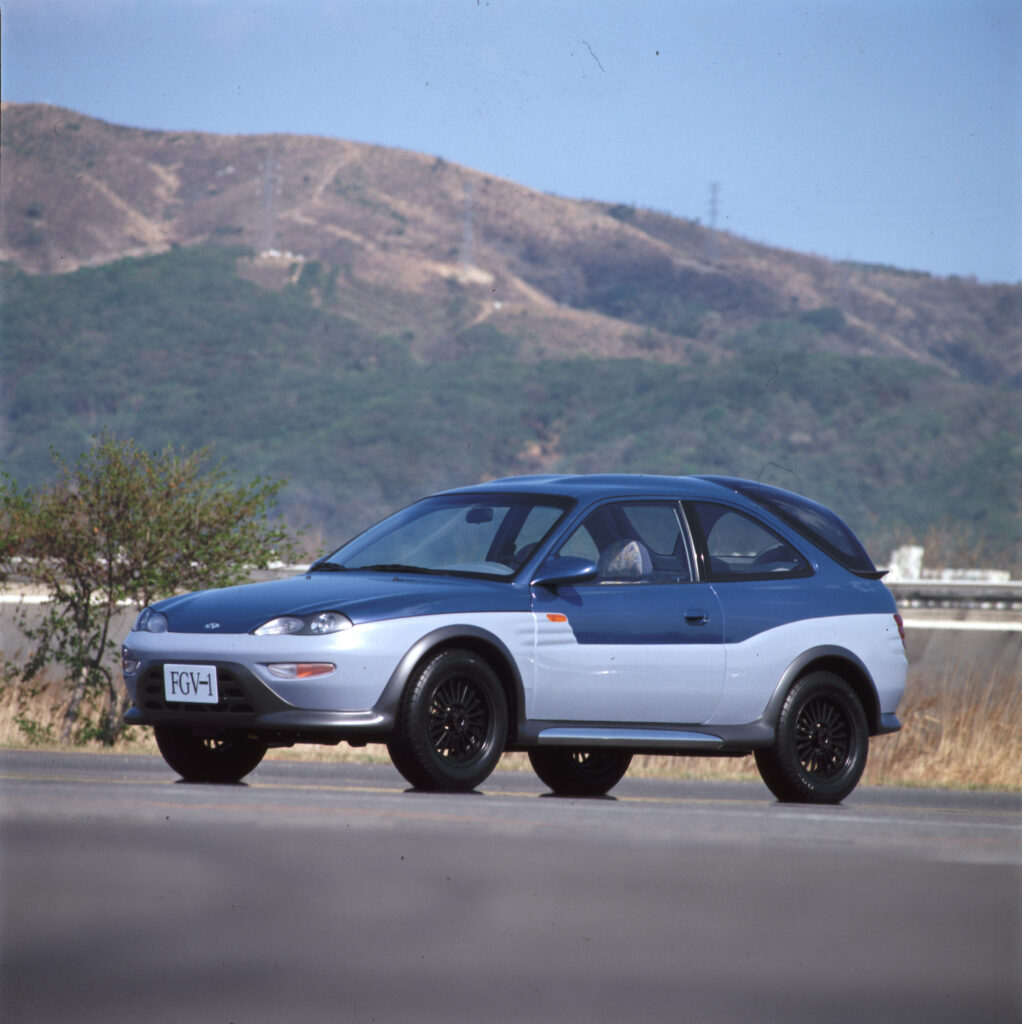
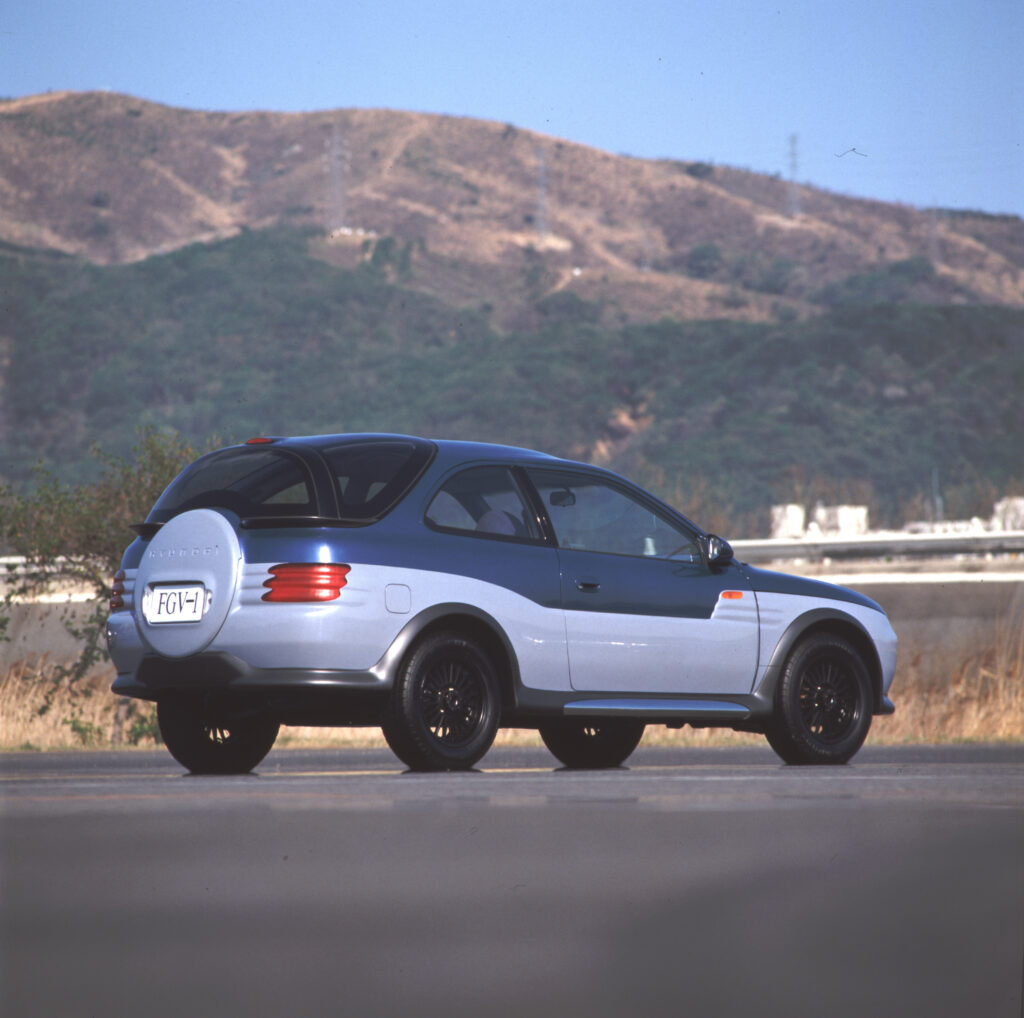
Proving the Feasibility of Hybrids
Hyundai Motor Group confirmed the viability of hybrid cars through preliminary developments. In 2000, the company developed the Verna Hybrid and County Hybrid. By 2004, after 16 months of development, Hyundai produced the Click Hybrid, a soft-type hybrid model limited to 50 units for government use. The Click Hybrid featured a drive motor that assisted the engine, utilizing a motor and inverter from Hitachi and Panasonic’s nickel-hydride batteries, achieving a fuel efficiency of 18km/L (5,5 l/100km or 42 MPG).
Achieving Technological Independence
Hyundai’s significant breakthrough came in 2011 with the introduction of a hybrid model equipped with the world’s first parallel hard-type hybrid system. This innovation marked Hyundai’s technological independence, positioning the company as a leader in the hybrid vehicle market. This system’s development laid the groundwork for future advancements in electric vehicle technology, demonstrating Hyundai’s commitment to innovation and sustainability.
Challenges and Triumphs
The journey to developing cutting-edge hybrid technology was fraught with challenges. Hyundai’s engineers faced technical hurdles, such as optimizing the hybrid system’s efficiency and integrating advanced components. Collaborations with technology partners like Hitachi and Panasonic were crucial in overcoming these obstacles. The perseverance and dedication of Hyundai’s development team were instrumental in transforming hybrid technology into a “goose that lays golden eggs.”
Hyundai Motor Group’s success in hybrid technology underscores the importance of innovation and adaptability in the automotive industry. As global environmental concerns continue to rise, the demand for eco-friendly vehicles will only increase. Hyundai’s early and ongoing investments in hybrid technology have positioned it well to capitalize on this trend. The company’s advancements in hybrid systems serve as a solid foundation for the development of next-generation electric vehicles.
Conclusion
Hyundai Motor Group’s journey in hybrid technology is a testament to its resilience and forward-thinking approach. From the early days of the FGV-1 concept car to the groundbreaking parallel hard-type hybrid system, Hyundai has continually pushed the boundaries of innovation. This pioneering spirit has not only bolstered Hyundai’s market position but also contributed significantly to the broader goal of sustainable mobility. As the hybrid market continues to evolve, Hyundai’s commitment to technological advancement ensures it will remain at the forefront of the automotive industry.

